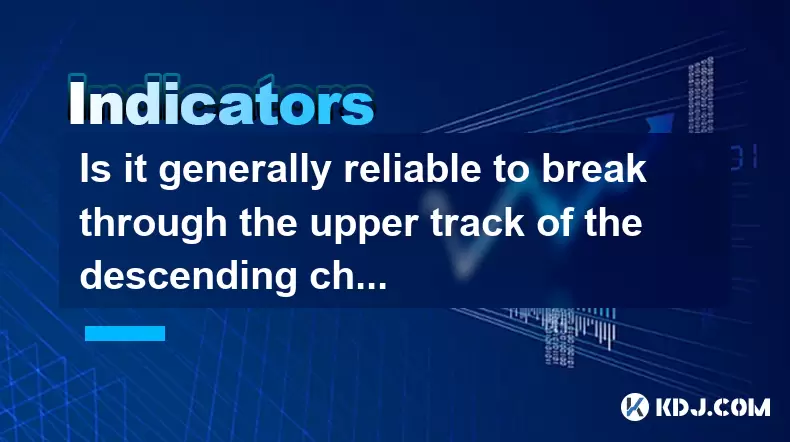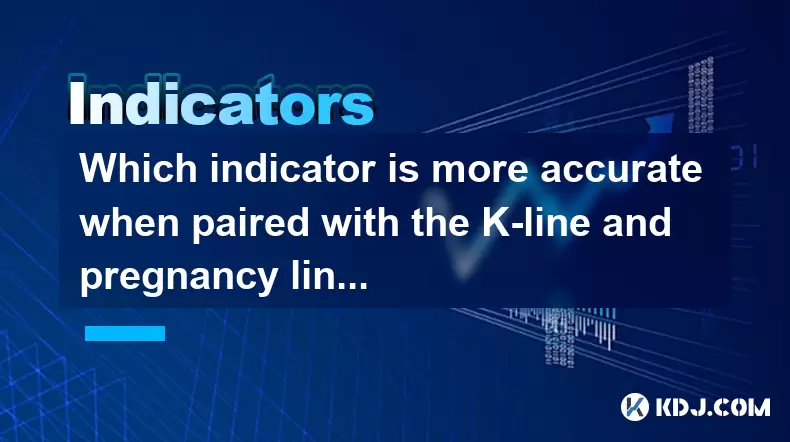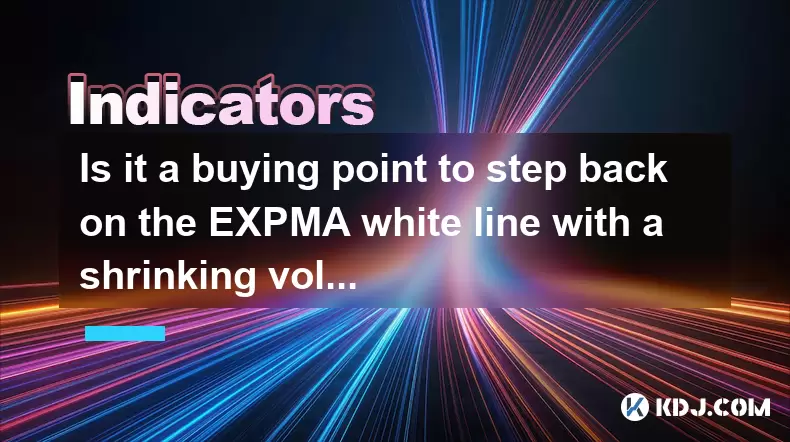-
 Bitcoin
Bitcoin $119300
1.07% -
 Ethereum
Ethereum $3730
3.87% -
 XRP
XRP $3.235
0.29% -
 Tether USDt
Tether USDt $1.000
0.00% -
 BNB
BNB $783.5
1.88% -
 Solana
Solana $188.7
0.25% -
 USDC
USDC $0.0000
-0.01% -
 Dogecoin
Dogecoin $0.2399
-0.44% -
 TRON
TRON $0.3157
2.37% -
 Cardano
Cardano $0.8254
1.94% -
 Hyperliquid
Hyperliquid $42.83
0.14% -
 Stellar
Stellar $0.4372
3.21% -
 Sui
Sui $3.859
4.91% -
 Chainlink
Chainlink $18.53
3.53% -
 Hedera
Hedera $0.2464
0.01% -
 Bitcoin Cash
Bitcoin Cash $519.8
2.46% -
 Avalanche
Avalanche $24.24
2.17% -
 Litecoin
Litecoin $113.7
0.73% -
 UNUS SED LEO
UNUS SED LEO $8.990
0.30% -
 Shiba Inu
Shiba Inu $0.00001390
0.21% -
 Toncoin
Toncoin $3.188
1.49% -
 Ethena USDe
Ethena USDe $1.001
0.02% -
 Polkadot
Polkadot $4.090
-0.91% -
 Uniswap
Uniswap $10.40
4.08% -
 Monero
Monero $326.6
3.12% -
 Bitget Token
Bitget Token $4.627
-0.42% -
 Pepe
Pepe $0.00001281
0.76% -
 Dai
Dai $1.000
0.01% -
 Aave
Aave $291.6
0.98% -
 Cronos
Cronos $0.1269
7.26%
Is it generally reliable to break through the upper track of the descending channel?
A descending channel breakout confirmed by volume, candlesticks, and indicators can signal a bullish reversal in crypto markets.
Jun 29, 2025 at 03:56 am

Understanding the Descending Channel Pattern
A descending channel is a technical analysis pattern commonly observed in cryptocurrency price charts. It consists of two parallel trendlines: a resistance line that connects a series of lower highs and a support line that connects a series of lower lows. This formation indicates a downtrend, where sellers dominate the market.
In such a setup, prices tend to bounce between these boundaries. The upper boundary acts as resistance, while the lower boundary offers temporary support. Traders often look for opportunities to sell near the upper trendline or buy near the lower trendline. However, when the price breaks above the upper trendline, it may signal a potential reversal of the downtrend.
Breaking through the upper track of a descending channel can be seen as a bullish signal, but its reliability depends on several factors including volume, candlestick patterns, and confirmation from other indicators.
Key Characteristics of a Valid Breakout
Not every breakout above the upper boundary of a descending channel leads to a sustained uptrend. To determine whether the breakout is reliable, traders should consider the following:
- Volume Increase: A genuine breakout is usually accompanied by a surge in trading volume. High volume suggests strong buying pressure and increased participation from institutional players.
- Candlestick Confirmation: A strong bullish candle closing above the upper trendline provides better confirmation than a simple wick piercing through it. Look for engulfing candles or large-bodied green candles.
- Multiple Touches: Channels formed with at least two distinct touches on both the upper and lower trendlines are considered more reliable than those with only one or unclear contact points.
These elements help filter out false breakouts, which are common in volatile crypto markets.
How to Confirm a Breakout Using Technical Indicators
Traders shouldn't rely solely on price action. Incorporating additional tools can enhance the accuracy of breakout validation:
- Moving Averages: When the price breaks above the upper channel line and also crosses key moving averages like the 50-day or 200-day EMA, it strengthens the validity of the breakout.
- MACD (Moving Average Convergence Divergence): A bullish MACD crossover around the time of the breakout adds confluence to the reversal signal.
- RSI (Relative Strength Index): If RSI rises above 50 after being below for an extended period, it supports the idea of momentum shifting in favor of buyers.
Using multiple indicators together can reduce the risk of entering a trade based on a false signal.
Risks Associated with Trading the Breakout
Even with proper confirmation, there are risks involved when trading a breakout from a descending channel:
- False Breakouts: Price may briefly move above the upper trendline only to reverse and fall back into the channel. This can trap traders who enter too early without waiting for confirmation.
- Whipsaw Movements: Especially in low-liquidity altcoins, sudden spikes followed by sharp reversals can create misleading signals.
- Market Sentiment Shifts: External events like regulatory news or macroeconomic developments can override technical setups and lead to unexpected moves.
Risk management is crucial. Placing stop-loss orders just below the breakout level helps protect capital if the move fails.
Practical Steps to Trade a Confirmed Breakout
If you decide to trade a breakout above the upper boundary of a descending channel, follow these steps carefully:
- Identify the Channel Clearly: Draw clean trendlines connecting at least two swing highs and two swing lows. Avoid forcing the lines to fit the pattern.
- Wait for a Convincing Close: Don’t act on shadows or intraday breaches. Wait until the candle closes above the upper line on your chosen timeframe (preferably 4-hour or daily).
- Check for Volume Surge: Ensure that the breakout candle has significantly higher volume compared to recent candles. Use volume profile tools if available.
- Place Entry Orders: Consider using a limit order slightly above the breakout level to ensure execution if the price retests the broken resistance as new support.
- Set Stop-Loss and Take-Profit Levels: Place a stop-loss below the most recent swing low inside the channel. Take profit in stages—partial exit at the previous resistance zone, and full exit at Fibonacci extension levels.
This structured approach ensures disciplined execution and reduces emotional bias.
Frequently Asked Questions
Q1: Can I use descending channels on all timeframes?
Yes, descending channels can appear on any timeframe, but they are more reliable on higher timeframes like the 4-hour or daily chart due to reduced noise and increased institutional influence.
Q2: What if the price retests the upper trendline after breaking out?
A retest of the broken resistance is common and can offer a second entry opportunity. If the price holds above the trendline during the retest, it reinforces the strength of the breakout.
Q3: Should I always wait for a candle close before acting on a breakout?
It's highly recommended, especially in crypto markets known for volatility. Intraday spikes can mislead traders, so a confirmed close filters out false signals.
Q4: How do I differentiate between a breakout and a continuation within the channel?
A true breakout shows signs of momentum shift, such as increasing volume, bullish candlesticks, and alignment with broader indicators. Continuation patterns usually lack these confirming signals and quickly resume the original trend.
Disclaimer:info@kdj.com
The information provided is not trading advice. kdj.com does not assume any responsibility for any investments made based on the information provided in this article. Cryptocurrencies are highly volatile and it is highly recommended that you invest with caution after thorough research!
If you believe that the content used on this website infringes your copyright, please contact us immediately (info@kdj.com) and we will delete it promptly.
- TRON, Crypto Payroll, and Stablecoins: A New York Minute on the Future of Finance
- 2025-07-25 08:30:11
- WazirX, Revote, and Crypto Unlock: A New York Minute on the Latest Developments
- 2025-07-25 06:50:11
- Hong Kong Stablecoin Regulation: Navigating the Hype and Hurdles
- 2025-07-25 08:30:11
- Bitcoin LTHs, CDD Ratio, and Distribution: What's the Deal?
- 2025-07-25 08:50:12
- Satoshi-Era Bitcoin Whale Awakens: $469 Million in BTC on the Move
- 2025-07-25 06:30:11
- TIA Tokens, Crypto Shift & Ripple Effect: What's the Deal?
- 2025-07-25 07:10:11
Related knowledge

Should I go all in when DIF crosses DEA?
Jul 25,2025 at 12:42am
Understanding DIF and DEA in MACD AnalysisWhen traders analyze DIF and DEA in the context of the Moving Average Convergence Divergence (MACD) indicato...

Should I go all in when the upper edge of the box is broken?
Jul 25,2025 at 01:50am
Understanding the 'Box' in Cryptocurrency Price ChartsThe term 'box' in cryptocurrency trading typically refers to a price consolidation range where t...

Should I go all in when the parabolic turning signal appears?
Jul 25,2025 at 06:36am
Understanding the Parabolic Turning Signal in Crypto TradingThe parabolic turning signal is a technical indicator derived from the Parabolic SAR (Stop...

Should I follow up with a full position when the trading volume suddenly increases?
Jul 25,2025 at 12:28am
Understanding Sudden Increases in Trading VolumeA sudden spike in trading volume often signals heightened market activity and can indicate that new in...

Which indicator is more accurate when paired with the K-line and pregnancy line combination?
Jul 25,2025 at 05:43am
Understanding the K-Line and Pregnancy Line CombinationThe K-line, also known as the Japanese candlestick chart, is a foundational tool in technical a...

Is it a buying point to step back on the EXPMA white line with a shrinking volume?
Jul 25,2025 at 08:56am
Understanding the EXPMA Indicator and Its White LineThe Exponential Moving Average (EXPMA) is a technical analysis tool widely used in cryptocurrency ...

Should I go all in when DIF crosses DEA?
Jul 25,2025 at 12:42am
Understanding DIF and DEA in MACD AnalysisWhen traders analyze DIF and DEA in the context of the Moving Average Convergence Divergence (MACD) indicato...

Should I go all in when the upper edge of the box is broken?
Jul 25,2025 at 01:50am
Understanding the 'Box' in Cryptocurrency Price ChartsThe term 'box' in cryptocurrency trading typically refers to a price consolidation range where t...

Should I go all in when the parabolic turning signal appears?
Jul 25,2025 at 06:36am
Understanding the Parabolic Turning Signal in Crypto TradingThe parabolic turning signal is a technical indicator derived from the Parabolic SAR (Stop...

Should I follow up with a full position when the trading volume suddenly increases?
Jul 25,2025 at 12:28am
Understanding Sudden Increases in Trading VolumeA sudden spike in trading volume often signals heightened market activity and can indicate that new in...

Which indicator is more accurate when paired with the K-line and pregnancy line combination?
Jul 25,2025 at 05:43am
Understanding the K-Line and Pregnancy Line CombinationThe K-line, also known as the Japanese candlestick chart, is a foundational tool in technical a...

Is it a buying point to step back on the EXPMA white line with a shrinking volume?
Jul 25,2025 at 08:56am
Understanding the EXPMA Indicator and Its White LineThe Exponential Moving Average (EXPMA) is a technical analysis tool widely used in cryptocurrency ...
See all articles

























































































